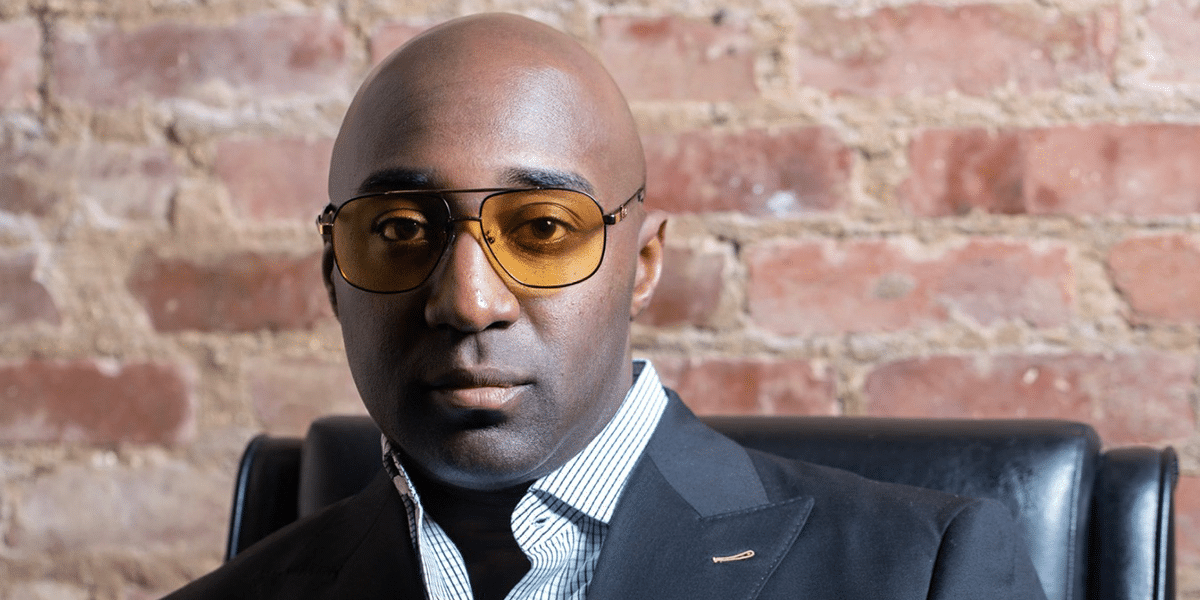Image Commercially Licensed From: DepositPhotos
How St. Patrick’s Day Found a New Home in America
Every March 17, the United States transforms into a green-hued nation, embracing St. Patrick’s Day with a unique fervor. From green clothing and beer to unconventional menu items like green milkshakes and bagels, Americans have crafted their own traditions to honor the Irish spirit. Surprisingly, these lively customs did not originate in Ireland but were born from the Irish-American experience.
The Origin of St. Patrick’s Day Celebrations in America
While St. Patrick’s Day in Ireland historically held a more solemn tone, the United States injected vitality into the celebration. The roots of this transformation trace back to Boston in 1737, where Presbyterian immigrants convened to honor St. Patrick and establish the Charitable Irish Society. Recent evidence from historian Michael Francis suggests that St. Augustine, Florida, may have hosted America’s inaugural St. Patrick’s Day celebration in 1600, predating Boston’s claims.
The British Connection and American Evolution
In a twist of history, British soldiers in 1762 initiated the iconic green tradition of America’s largest St. Patrick’s Day parade. Marching through lower Manhattan, these Irish-born Redcoats set the stage for future celebrations. However, the parades faced opposition from nativist, anti-Catholic groups in New York City until their eventual ban in 1803.
Irish Immigration and Shaping American Traditions
The influx of Irish Catholics in the mid-19th century, escaping the Great Hunger, marked a turning point. Clinging to their Irish identity, they used St. Patrick’s Day parades as a political statement against nativist sentiments. Post-Civil War, with Irish-Americans earning hero status, the celebration became more inclusive as non-Celtic individuals joined in.
Corned Beef and Cabbage: A Culinary Twist
The quintessential St. Patrick’s Day dish, corned beef and cabbage, has its roots in American innovation. As Irish immigrants in lower Manhattan sought affordable meals, corned beef, a cheaper alternative, became a staple. The Irish boiled the beef with cabbage, creating a dish now synonymous with the holiday.
A Transatlantic Influence
St. Patrick’s Day remained a somber affair in Ireland until the advent of television. Inspired by the vibrant American celebrations, Ireland embraced the festive spirit, launching the St. Patrick’s Day Festival in Dublin in 1996, attracting millions annually.
The Legacy of St. Patrick
St. Patrick, born in 4th-century Britain, endured enslavement in Ireland before returning to spread Christianity. Associated with the shamrock and credited with driving out paganism, St. Patrick’s legacy endures, with his feast day now celebrated on a global scale.
Patrick’s Day in Ireland
Contrary to the lively celebrations in the United States, Ireland historically treated St. Patrick’s Day as a solemn occasion. It wasn’t until the arrival of television that Ireland embraced the festive atmosphere seen across the ocean.
Summarizing St. Patrick’s Day: A Blend of Traditions Across Continents
St. Patrick’s Day, born out of Irish religious traditions, found new life in the vibrant celebrations of Irish-Americans. From historic parades to culinary innovations, the transatlantic influence shaped a day now celebrated with enthusiasm on both sides of the ocean. Intertwined with the green hues of celebration, St. Patrick’s legacy remains a testament to cultural exchange and adaptation.







